最近研究建议,对于森林和城乡交界地区的社区(例如加利福尼亚州和美国西海岸大部分地区),在野火季节使用太阳能+储能微电网可以最大限度地减少因断电引起的公共安全问题(PSPS)。
但是,人们尚未对微电网进行过全面评估,了解4600万生活在森林附近或森林和城乡交界地区等野火高风险区的美国人增强抵御野火的潜力。
为了填补这片空白,美国劳伦斯伯克利国家实验室开展了一项研究,构建了一个全新的建模框架,并评估了会在发生野火警报时断电的地区应用太阳能和电池的潜力。
LBNL的建模框架包括:
o 聚类模型,用来基于建筑足迹数据、火灾危害严重度和可再生能源潜力识别各个社区;
o 建筑仿真模型,可以量化能源需求;
o 辅助微电网的能源系统优化模型。
LBNL明确表示,微电网属于可控的局部电网,可以与区域电网断开连接并独立运行。
该实验室引入了一种优化工具来对森林边缘地区的微电网进行建模,随后还对加利福尼亚州七个气候条件各不相同的地区展开了评估。
This content is protected by copyright and may not be reused. If you want to cooperate with us and would like to reuse some of our content, please contact: editors@pv-magazine.com.
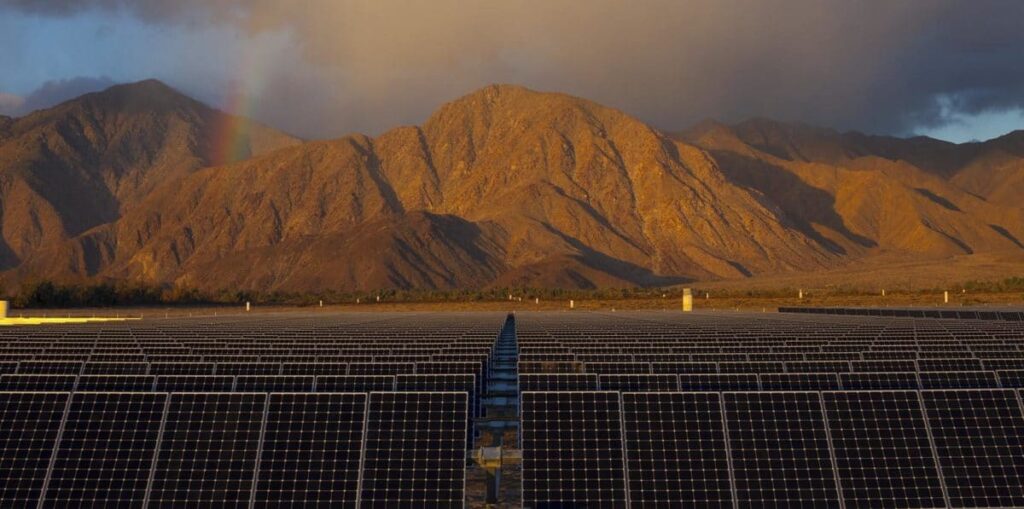

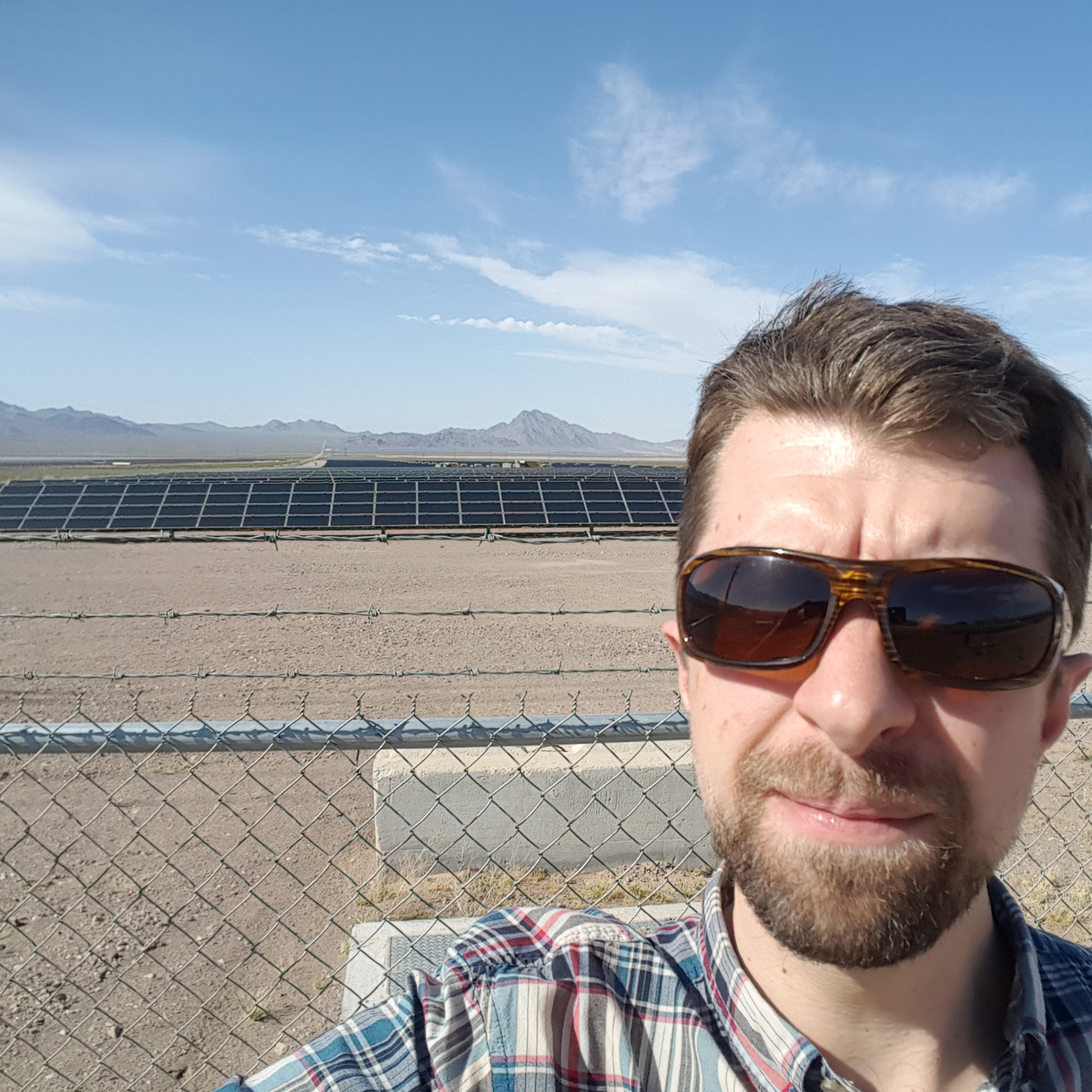

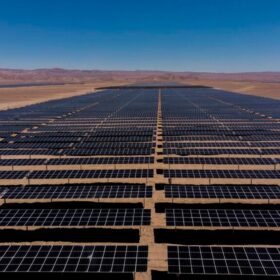
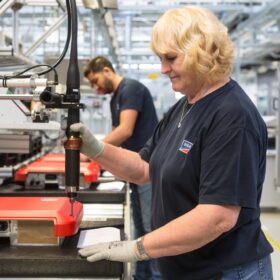
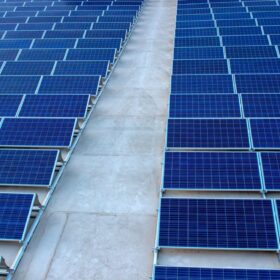
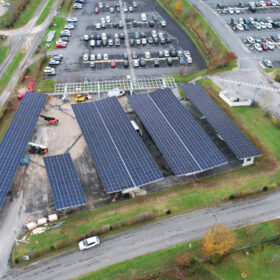
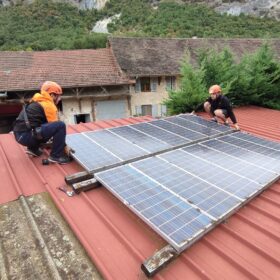
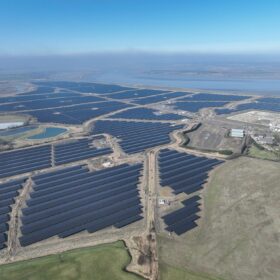
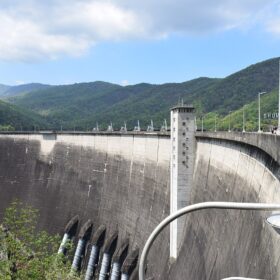


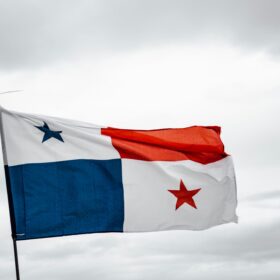
By submitting this form you agree to pv magazine using your data for the purposes of publishing your comment.
Your personal data will only be disclosed or otherwise transmitted to third parties for the purposes of spam filtering or if this is necessary for technical maintenance of the website. Any other transfer to third parties will not take place unless this is justified on the basis of applicable data protection regulations or if pv magazine is legally obliged to do so.
You may revoke this consent at any time with effect for the future, in which case your personal data will be deleted immediately. Otherwise, your data will be deleted if pv magazine has processed your request or the purpose of data storage is fulfilled.
Further information on data privacy can be found in our Data Protection Policy.